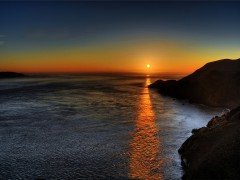
HDR is an abbreviated form of High Dynamic Range. It is one of the most interesting aspects of photography. Cameras have a very limited dynamic range and the cameras cannot see what our eyes do. To portray scenes with a high dynamic range, three shots are taken at different exposures — one normal, one underexposed and one overexposed. These three shots are aimed at capturing the midtone, highlight and shadow details. An HDR is a composite image achieved by merging these three shots. While all this sounds easy, HDRs due to technical limitations almost always seem surreal and unnatural. However here are some beautifully done HDRs which retain their natural look, feel and aesthetics.
- Just Add Light…
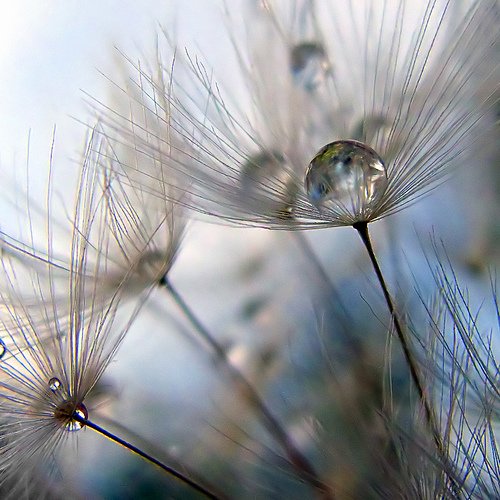
- Sun And Signs
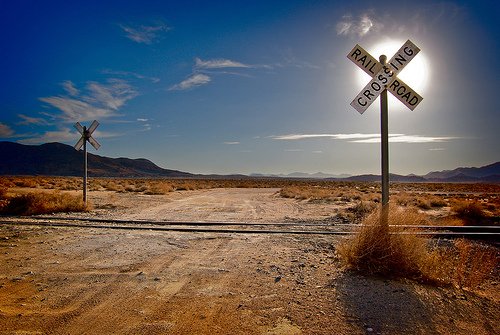
- Steel Town (Lines add dynamicity to this image)
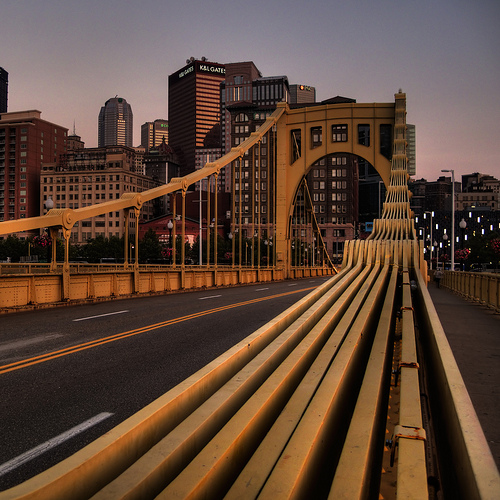
- My First HDR
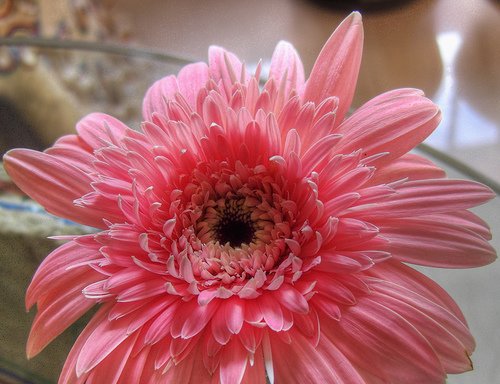
- A Sea Of Sunflowers

- HDR – Beetle (See how image stacking can help you in getting sharp macro images.)
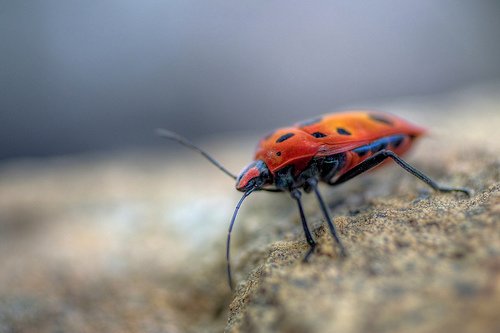
- Rosa
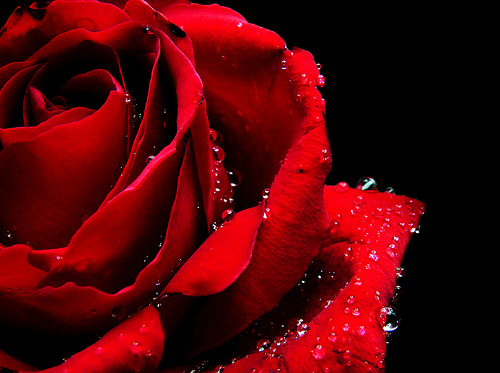
- Sunset in the hills
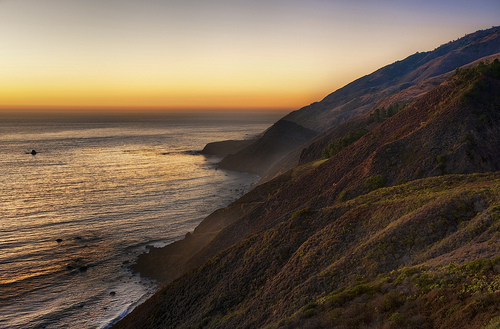
- The Dock To Forever
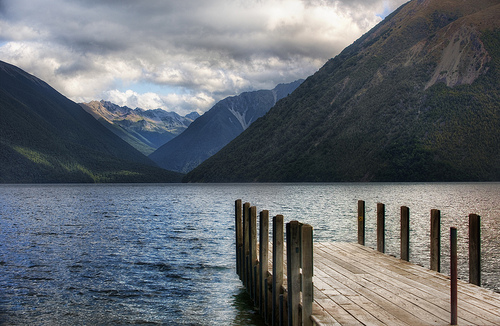
- Orchid Ala HDR
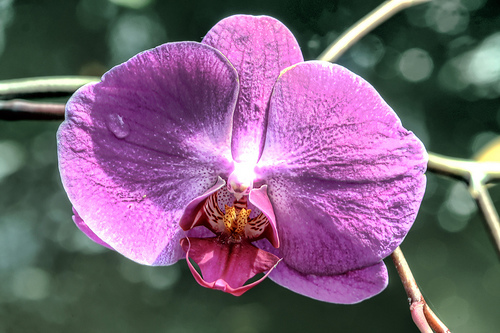
- Sunrise Across The Icy Lake In Reykjavik
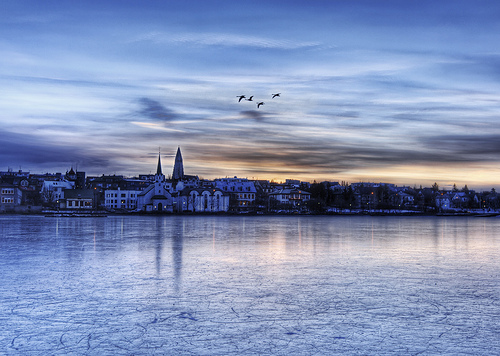
- Dragon’s Corner(HDR)
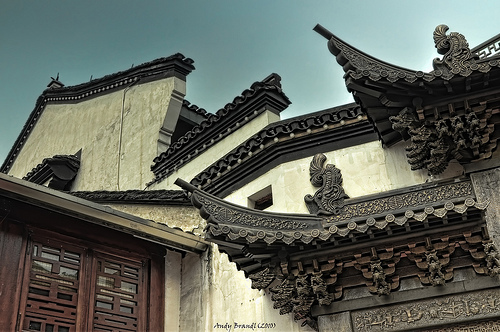
- HDR’rred Hapuna Beach Cabin
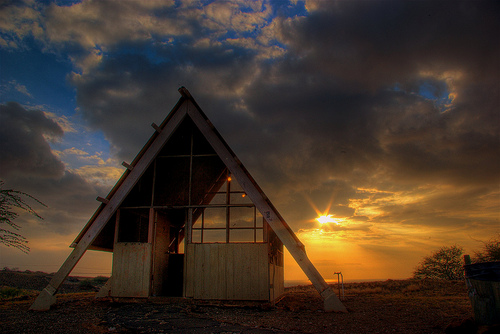
- Rain
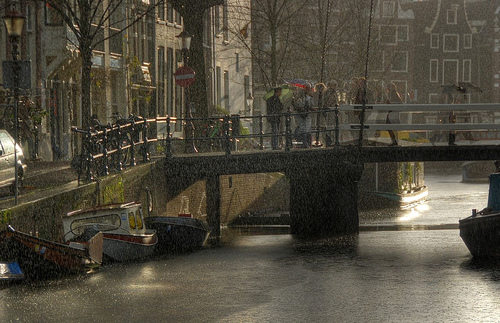
- Eyes Of The World
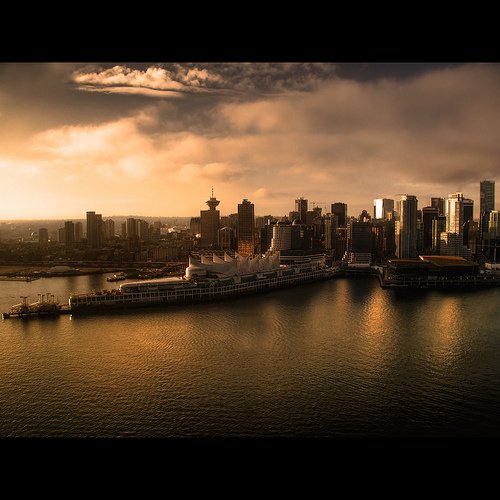
- HDR At Night
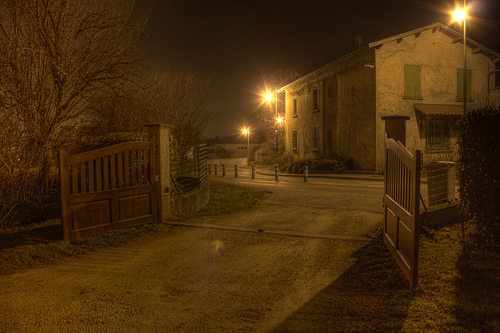
- HDR Bridge
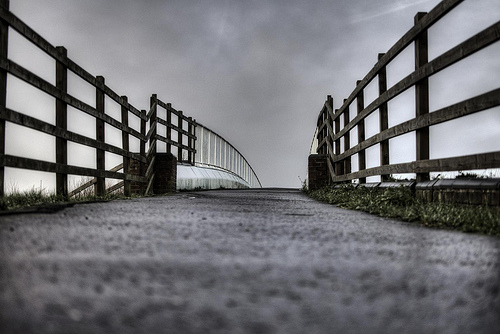
- Another Summer Day in Paris
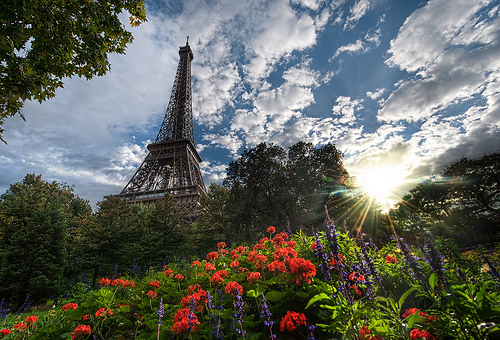
- My First HDR!
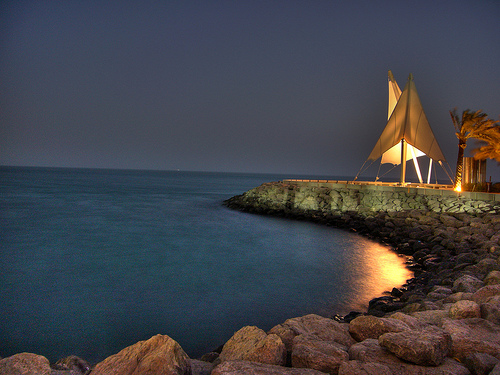
- Winter Mist
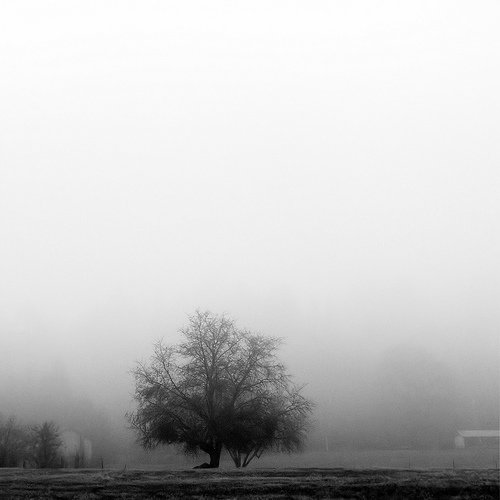
- Feeling On Top Of The World In Tokyo
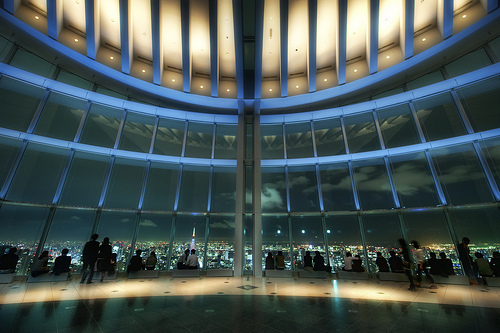
Want to learn more about HDR photography? Here are some useful links:


Yes HDR stands for high dynamic range. The camera can only capture a certain range of exposure, so by using any method for manipulating the dynamic range could be considered HDR. Even a neutral density gradient could pose an HDR technique. The book industry has made HDR into some magical technique where you have to take 5-15 shots and merge them into photos ect….not really the case.
Hi!
Examples are great but is there any tutorials on how to do this Natural Looking HDRs, if there’s any it would be a great help.
Looking forward to your positive response.
Thanks!
Mark.